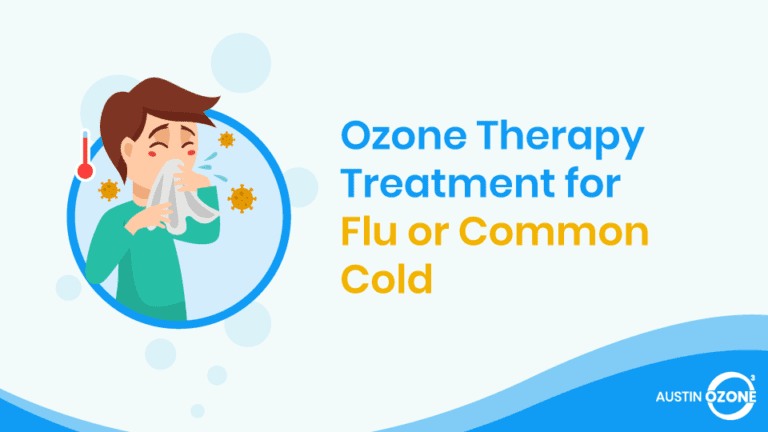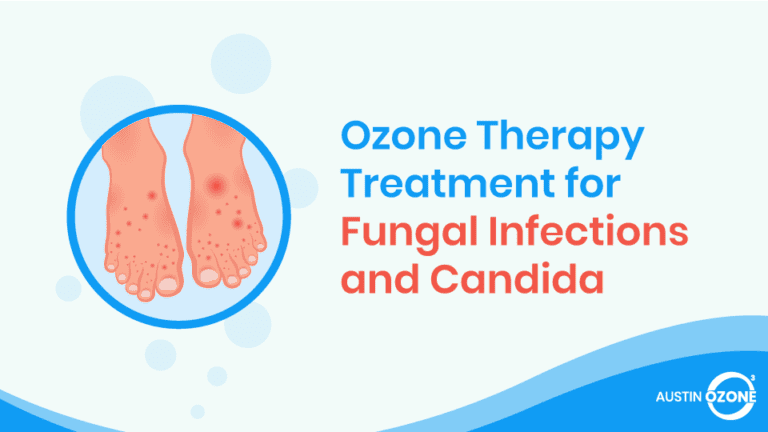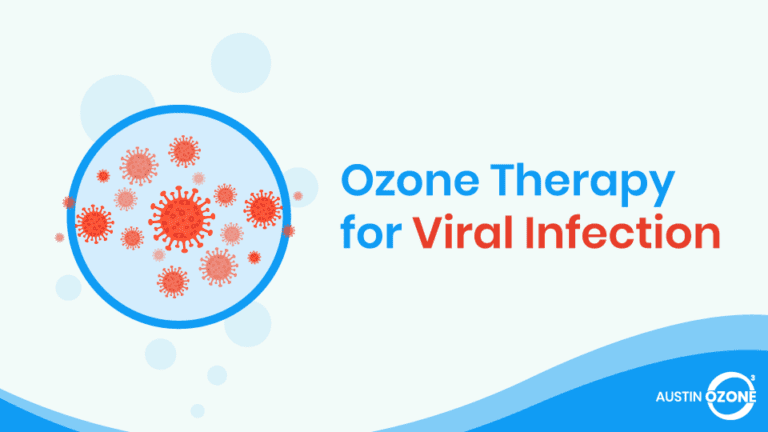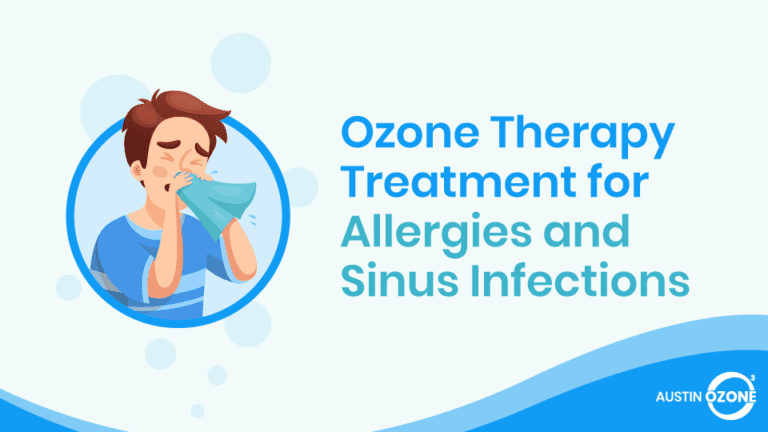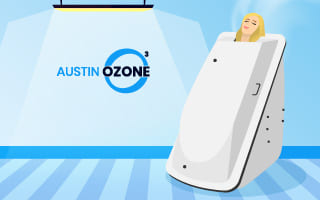The flu is one of the most common illnesses in the world. It is a contagious respiratory illness that can infect the nose, throat, and lungs. Symptoms can range from mild to severe. At times, it can even lead to death.
Contrary to popular belief, flu and the common cold are not the same3. Although both are respiratory illnesses, they are caused by two different viruses. Still, flu and the common cold exhibit symptoms so similar that it becomes hard to distinguish one from the other.
Flu Vs. The Common Cold: What Is the Difference?
At first glance, flu and colds can be difficult to differentiate from each other. However, flu is generally more severe than colds. The symptoms of both illnesses can include cough, sore throat, runny or stuffy nose, body aches, and fever.
Despite this, the symptoms of the common cold are milder than those of the flu. Furthermore, the onset of symptoms for the flu is abrupt while it is gradual for the common cold.
Unlike the common cold, flu can lead to complications like pneumonia and other bacterial illnesses such as bronchitis, strep throat and sinusitis9. To be sure, people who are sick need to undergo some special tests to determine if they have the flu.
What Causes Flu?
There are four main types of influenza viruses4: A, B, C, and D. Influenza A is the only type known to cause a pandemic, since it can be broken down into sub-types, depending on the genes and surface proteins. The influenza A virus can infect humans as well as many different animals including chickens, ducks, horses, seals, whales, and cats.
Like Influenza A, Influenza B can also cause epidemics in humans. Instead of sub-types, type B is classified into lineages. The type B virus changes more slowly than type A in terms of its genetic properties.
Type C infections cause very mild illness in humans while type D primarily affects animals (i.e., cattle) and are not known to infect humans.
Although it is unusual to get the virus directly from animals, there are sporadic reports of human-avian infections caused by the type A virus.
How Does the Flu Virus Spread?
The viruses spread primarily through the tiny droplets that are made when people talk, sneeze, or cough. These droplets can land in either the noses or mouths of people nearby.
Sometimes, the virus can also spread when the infected person touches a surface or an object, leaving the virus on it. Another person can then get it when they touch the infected surface and then touch their own eyes, nose, or mouth.
Those who are sick with the flu are most contagious2 in the first three to four days after its onset. Sometimes, sick people can infect others one day before the onset of their own symptoms, while others are still contagious five to seven days after becoming sick.
Who Is Most Likely to Be Infected?
No one is really safe from the flu virus. Anyone, even healthy people, can get sick with the flu. However, young children and seniors (aged 65 and up) are more susceptible. Those who suffer from chronic medical conditions like diabetes or asthma are also prone to getting the virus.
In addition, it is reported that people who are morbidly obese, suffer from severe anemia, or receive treatment that suppresses the immune system have a higher likelihood of becoming infected with the flu virus.
Ozone Therapy for the Flu or the Common Cold
Everyone aged six months and up should get an annual flu vaccine1. However, if you do get sick, the most common treatment that doctors will recommend is a cocktail of antiviral medications to reduce the severity of the disease.
Unfortunately, all medications can cause side-effects7. If you want to get a safe, effective, and non-toxic way of treating flu, you should consider an ozone therapy for the flu instead.
Schedule an Ozone Therapy Session Today!
Can Ozone Therapy Treat Viral Infections?
There are many ongoing studies on the efficacy of the antiviral and bactericidal effects of ozone therapy on the cell. There are also studies dedicated to its effects on strengthening the immune system and increasing the production of white blood cells8, all of which are vital for fighting off infections.
Ozone is a high energy-rich molecule that can effectively disrupt the reproductive cycle of the virus by damaging the capsid through peroxidation. The weak enzyme coatings that are surrounding the cells and making them susceptible to viral infections are effectively replaced with healthy cells.
Is Ozone Therapy for the Flu or the Common Cold Effective?
Studies show that continuous exposure to ozone at 0.5 ppm concentration6 can significantly reduce the severity of infection in animal lungs. This can only mean that ozone can effectively stave off invading microorganisms such as the flu virus from reproducing and developing within the respiratory system.
Aside from killing off viruses, ozone therapy can further prevent flu infection by triggering the antigen-antibody response of the immune system. This is because ozone is a powerful oxidant that can disrupt cell envelope morphology, thus reducing the infectivity of the virus.
Ozone is a powerful oxidant that can disrupt cell envelope morphology, thus reducing the infectivity of the virus.
Recently, there have been experimental analyses conducted to study the efficacy of ozone on viral inactivation. The challenge mainly lies in creating the right balance between studying the antimicrobial properties of ozone in vivo and keeping the patient safe. Also, the nature of the virus must be taken into consideration since different viruses can react differently at different dosages of the administered medical ozone.
How Ozone Therapy Works?
Ozone therapy promotes oxygen metabolism within the blood cells. The procedure increases the glycolysis rate in the red blood cells, which leads to significant increase in the amount of oxygen being released to the tissues.
In addition, ozone therapy activates the Krebs cycle, thereby enhancing the production of ATP (Adenosine triphosphate), which in turn helps oxidize the cytochrome C found in the cell mitochondria.
Ozone therapy promotes oxygen metabolism within the blood cells. The procedure increases the glycolysis rate in the red blood cells, which leads to significant increase in the amount of oxygen being released to the tissues.
These reactions stimulate the production of enzymes that serve as scavengers for free radicals as well as cell-wall protectors against viral infections. If administered at a dosage of 30 to 55 µg/cc5, medical ozone can trigger an increase in the production of interferon and interleukin-2, which are both essential in activating the immune system.
How Is Ozone Therapy Administered?
Ozone therapy can be administered in different ways. The most common procedure is Major Autohemotherapy (MAH), which involves intravenously infusing the body with ozonated blood.
This procedure should be done by licensed professionals and must follow a strict protocol before being administered to patients.
Other forms include insufflation or the pumping of medical ozone gas through a body crevice such as the ear, rectum, or vagina. However, the procedure must be done with great caution to prevent the inhalation of ozone, which is considered a pollutant and might have detrimental effects on the lungs when inhaled.
Is Ozone Therapy Safe?
So far, there have been no reports or incidents linked to the use of ozone therapy as being damaging and unsafe. Majority of clinical studies show that administering medical ozone into the body has no ill effects on the cell. As long as the protocols and procedures are strictly followed, the patient shouldn’t have any worry about the treatment.
Summary
While flu and the common cold are both recurring global diseases that can affect anybody, you should not ignore its morbidity and lethality. If not properly treated, these illnesses can lead to further complications and might even result in death.
The best way to prevent getting the flu is to get vaccinated every year. However, if you are in a position where you cannot get vaccinated, treating the virus is your next best option.
Doctors often prescribe a variety of antiviral medications to reduce the severity of its symptoms. This type of treatment can be highly effective, but it can also cause unwanted side effects that can further deteriorate your health.
Ozone therapy offers a great alternative to taking medication. It is proven to be safe, effective, non-toxic, and non-invasive by numerous studies. This therapy is especially good for those immunocompromised individuals who have become infected with the flu.
Ozone therapy offers a great alternative to taking medication. It is proven to be safe, effective, non-toxic, and non-invasive by numerous studies. This therapy is especially good for those immunocompromised individuals who have become infected with the flu. This way, they do not need to take additional medication to feel better. It can also be used to boost the immune system as an alternative or in addition to the flu shot or other vaccinations.
Although ozone therapy can be administered in a number of ways, it is important to note that its health benefits stay the same. You just need to visit a professional to get the right dosage for the treatment.
Schedule an Appointment Today
References
- American Lung Association. (n.d.). Flu symptoms, causes, and risk factors. Retrieved from https://www.lung.org/lung-health-diseases/lung-disease-lookup/influenza/symptoms-causes-and-risk
- Centers for Disease Control and Prevention. (2019, September 13). Influenza (Flu): What you need to know. Retrieved from https://www.cdc.gov/flu/about/keyfacts.htm#
- Centers for Disease Control and Prevention. (2020, August 31). The difference between cold and flu. Retrieved from https://www.cdc.gov/flu/symptoms/coldflu.htm
- Centers for Disease Control and Prevention. (n.d.). Influenza (flu): Understanding influenza viruses. Retrieved from https://www.cdc.gov/flu/about/viruses/index.htm
- Elvis, A. M. & Ekta, J. S. (2011). Ozone therapy: A clinical review. Journal of Natural Science, Biology and Medicine, 2(1), 66-70. doi: 10.4103/0976-9668.82319
- Jakab, G. J. & Hmieleski, R. R. (1988). Reduction of influenza virus pathogenesis by exposure to 0.5 ppm ozone. Journal of Toxicology and Environmental Health, 23(4), 455-72. doi: 10.1080/15287398809531128
- Mark Stengler. (n.d.). OZONE THERAPY & VIRAL TREATMENTS: FLU, HEPATITIS. Retrieved from Mark Stengler: https://markstengler.com/featured/ozone-therapy-viral-treatments-flu-hepatitis/
- Pyper, L. (2016, June 13). Ozone therapy and the flu. Retrieved from https://salvagente.co.za/ozone-saunas/ozone-therapy-and-the-flu/
- Witherspoon, D. (Mar. 28, 2020). Common cold complications. Retrieved from www.healthline.com/health/common-cold-complications#1
